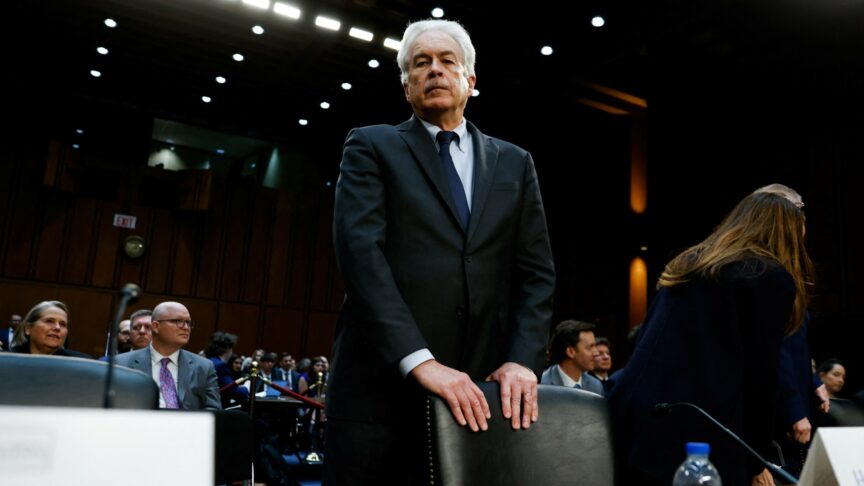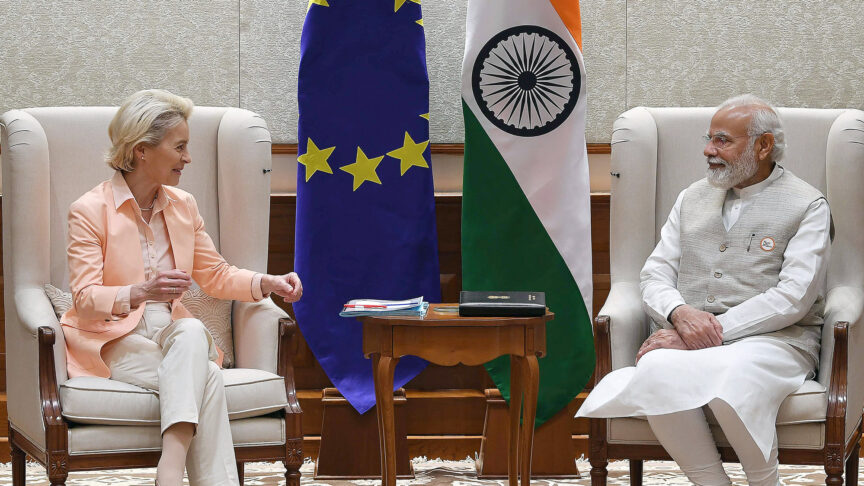Moldova – a colour revolution or peaceful resolution?
Despite alarming developments, the protest movement appears to be losing momentum – the ruling coalition has a good chance of surviving.
Moldova is currently overwhelmed by two waves of protests from two opposing ideological camps. On 6 September, the Civic Platform Dignity and Truth (in Romanian – DA – Dreptate şi Adevăr), composed of civil society activists and right-wing politicians with suspected links to some opposition oligarchic groups, launched mass protests outside government offices in Chisinau. Later, on 24 September, left-wing parties – the Socialist Party of Moldova and Our Party, led by Igor Dodon and Renato Usatii, also set up tents outside parliament and organised a rally attended by around 30,000 people. Both camps have very similar demands – a dissolution of the current parliament, an investigation into allegations of bank fraud, dismissal of the government and of several important high-placed officials, and the organisation of early elections. At the same time, the two camps have not been able to agree on a common front against the ruling coalition.
The possibility of pro-Russian parties seizing power severely limits potential for transformational change in Moldova because for reforms to work, a stable environment is needed. This forces Europe to accept, albeit reluctantly, the alliance currently in power as a partner in negotiations despite its recent misdeeds that have severely undermined trust in the Moldovan authorities. Nevertheless, Western pressure is growing. After meeting Moldova’s Prime Minister Valeriu Strelet, it became clear that the International Monetary Fund (IMF) was not going discuss or sign the Memorandum on Economic and Financial Cooperation with Moldova until its banking sector stabilises. Apparently, failure to sign the Memorandum was due to the resignation of President of the National Bank, Dorin Dragutanu.
In order to help Moldova keep the situation under control, the Romanian government announced on 23 September that it was willing to help out by offering a loan of €150 million to be paid off in five years. Later, a member of the Moldovan ruling alliance, Mihai Ghimpu, warned that the IMF strongly opposed this loan by asking that it should only be given after Moldova signs the Memorandum with the IMF. This means that international organisations are ready to face the risk of further destabilisation until Chisinau decides to continue on the path of reform. Moldova therefore finds itself trapped in a vicious circle that could lead to a colour revolution. The country is caught in a situation where destabilisation is evidence because of a lack of reform, yet this precise lack of reform continues to feed the destabilisation.
In order to understand the chances of a colour revolution in Moldova, it is important to understand how Moldovans see the street protests. According to the latest poll conducted by the Center of Sociological Research and Marketing, people’s trust in authorities and political parties has dropped. Trust in the authorities has never been lower than 10 percent, but now just 4 percent of the people trust the President, 5 percent – the parliament, 6 percent – the government, and 7 percent – the judiciary. The poll also shows that Moldovans are dissatisfied with living standards and the highest ever percentage of respondents believe that the country is going in the wrong direction. Moreover, 80 percent of respondents believe that the protest movement should continue and over 70 percent of them think those guilty of the fraud should go to jail.
One of the main reasons for this dissatisfaction is the devaluation of leu. In order to cope with a 3 billion leu hole in the budget (one-third of GDP), the government decided on a sharp devaluation which led to an increase in prices and decrease in living standards. Some economic experts think that if Moldova reaches an agreement with the IMF, it will be possible to prevent the official exchange going beyond 22-23 leu to the dollar (currently, it is 20). If it does not, the rate might go up to 25 leu to the dollar by the end of the year.
Despite these alarming developments, the protest movement appears to be losing momentum. Winter is coming and protesters tend to come along only at weekends. This could be because even though people do not like the current government, they do not trust the opposition either. Mass dissatisfaction cannot be easily converted into an ability or desire to change the status quo. The political opposition is not united and has different backers, inhibiting its ability to send a clear and coherent message.
With this in mind, the ruling coalition has a good chance of surviving. It just needs to keep the opposition fragmented, to continue (not necessarily to complete) investigating the allegations of fraud and to sign the memorandum with the IMF. Western institutions have a great deal of leverage in Moldova which should be exploited as far as possible in order to keep the situation under control.
Corneliu Ciurea is a political expert at Moldova’s Institute for Development and Social Initiatives (IDIS) Viitorul.
The European Council on Foreign Relations does not take collective positions. ECFR publications only represent the views of their individual authors.


